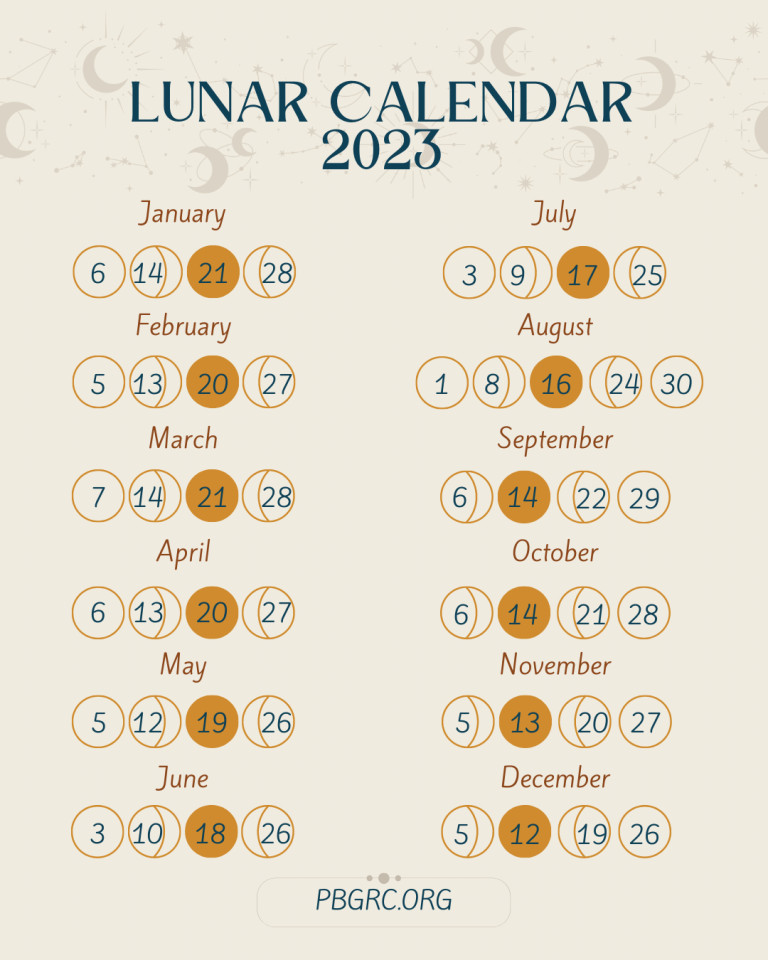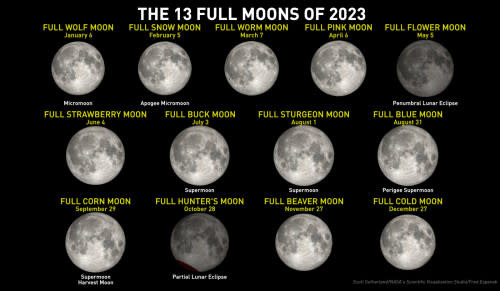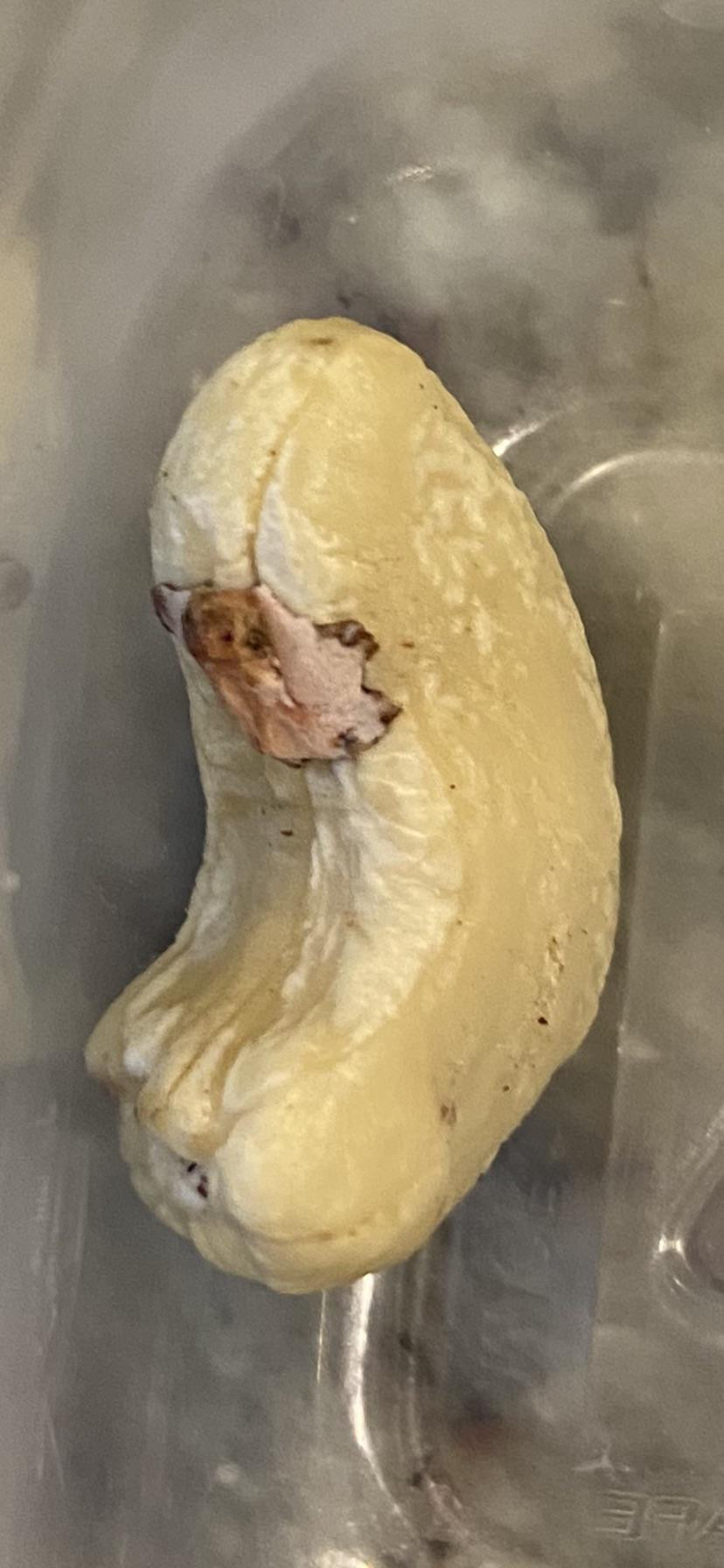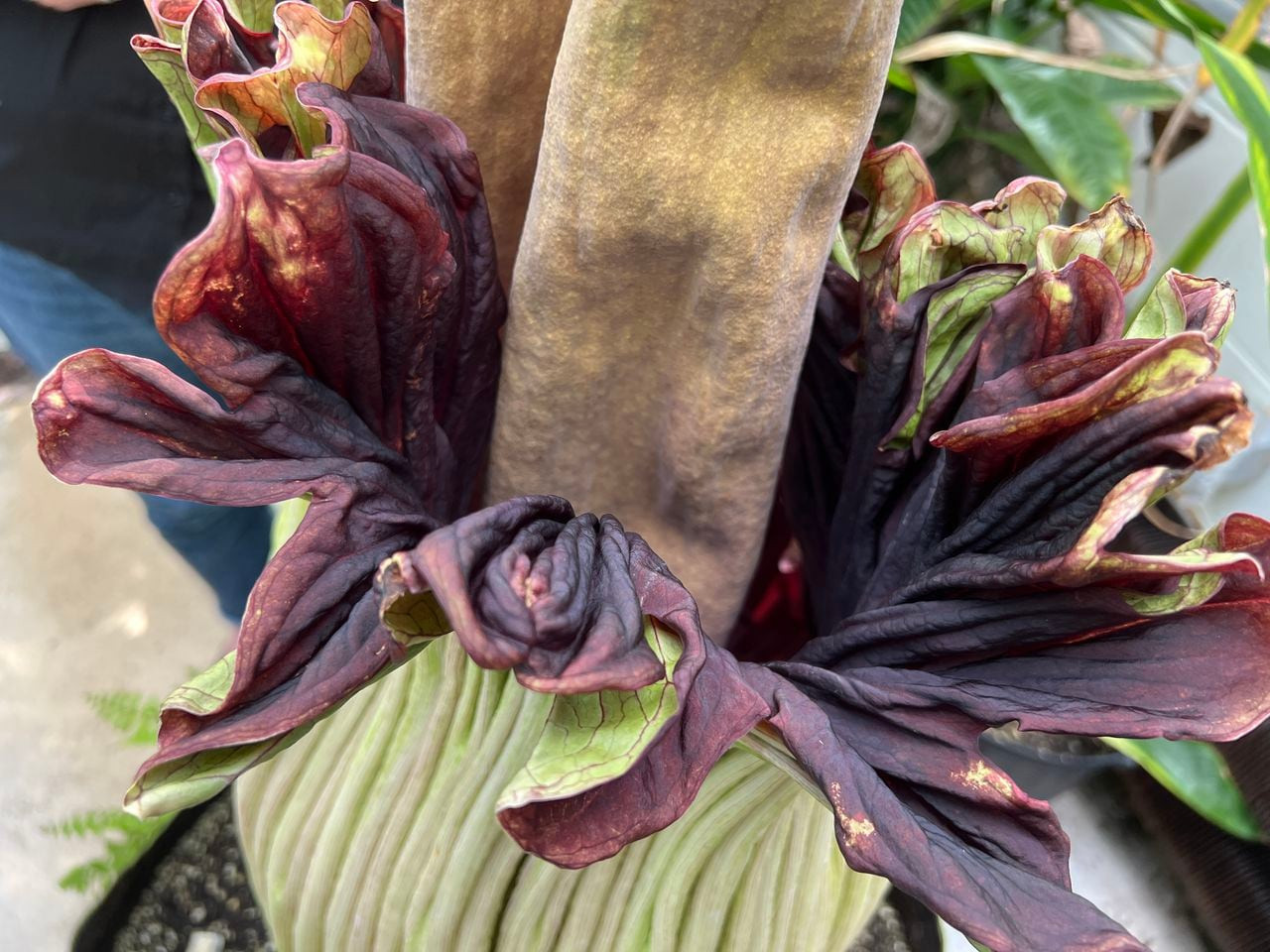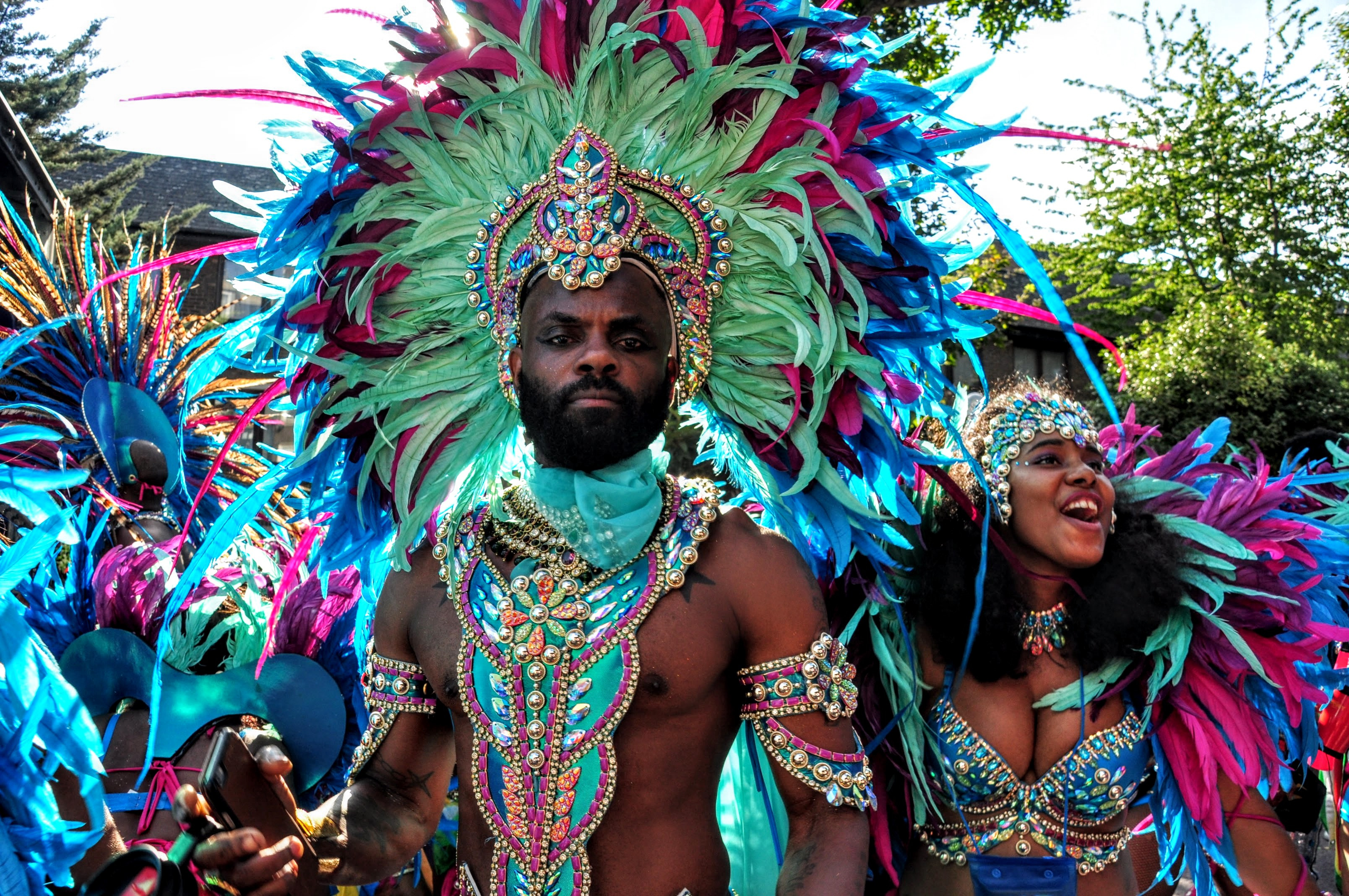The moon is Earth's constant companion. It's up there in the sky, transforming from a curved sliver to a disc and back again. Some nights, it disappears. We sing songs about it and send spacecraft and astronauts to visit it. If you enjoy stargazing, then make the moon part of your viewing routine. Here's what you need to know to get the most out of your moon-watching.
The moon is our only natural satellite. We might pick up a temporary mini-moon here and there, but the moon is Earth's ride or die. Scientists have a few thoughts on how the moon formed, but there's a popular consensus that it was created billions of years ago when an object the size of Mars smacked into Earth. The debris from the impact coalesced into the moon. A 2022 study suggests the moon may have formed within hours after the impact.
The moon is about 240,000 miles away from Earth. That's enough space to fit 30 Earths in between. Sometimes, it snuggles a little closer, and sometimes it's a little farther away.
The Lunar Dance: Unveiling the Moon's Phases
The moon goes through eight phases during each cycle.
When you look up at the moon, you might think about how it's shining like a lantern in the sky. In reality, the moon isn't generating light; it's reflecting sunlight. There are eight phases of the moon during a 29.5-day cycle: new moon, waxing crescent, first quarter, waxing gibbous, full moon, waning gibbous, third quarter and waning crescent.
A crescent moon can be waxing or waning depending on the point in the moon's cycle.
The phases exist because of how the moon orbits Earth.
"Sunlight illuminates half the Earth and half the moon at all times," NASA says in an explainer. "But as the moon orbits around the Earth, at some points in its orbit the sunlit part of the moon can be seen from the Earth, and at other points, we can only see the parts of the moon that are in shadow."
A new moon is a shadowed moon, which makes it seem like the moon has disappeared. A waxing crescent is the fingernail shape of brightness that happens as the moon becomes fuller. First quarter is when the moon is a quarter of the way around its orbit of Earth, even though the moon appears half in shadow and half in light.
Waxing gibbous comes next. The word "gibbous" has a Latin origin that refers to the "humped" shape of the illuminated part of the moon. Next comes the triumphant full moon when the entire face is lit up thanks to the sun's location opposite the moon with Earth in the middle.
The cycle continues after the full moon. Waning gibbous means the sunlit part of the moon is retreating, but it still has that humped shape. Third quarter is a return to the half moon appearance, but it means the moon is three-quarters of the way along in its orbit of Earth. Waning crescent is the fingernail once again, but the lit part of the moon continues to grow smaller before it pulls the brief disappearing act of becoming a new moon.
The moon's cycle of phases doesn't match up exactly with our calendar dates on Earth, so the timing of full moons can shift. You'll get a full moon once during each 29.5-day cycle. Most years, that means we get 12 full moons. Approximately every 2.5 years, though, we get 13 full moons in a calendar year.
Full Moon Names: A Tapestry of Folklore
The full moons that happen throughout the year come with colorful names. In the US, you'll hear about the wolf moon, worm moon, flower moon, strawberry moon and hunter moon, among others. The Old Farmer's Almanac is a source for many of these names. The almanac is a publication of weather forecasts, planting guides and astronomy that dates back to the late 1700s. There's a digital version now. "The moon names we use in The Old Farmer's Almanac come from Native American, colonial American or other traditional North American sources passed down through generations," the almanac says.
Full moon names differ with cultures, locations and traditions. The March full moon, for example, is often called the worm moon. The almanac traces this name to the warming of soil in spring when earthworms start to get active again after months of cold. Other names for this moon include the eagle moon, goose moon, snow crust moon or sugar moon. It's a poetic way to think about how full moons tie into changing seasons during the year.
Unveiling the Supermoon: A Closer Look at the Full Moon
The apparent size difference between an average full moon and a supermoon can be subtle.
A supermoon is a more subtle phenomenon than its name might suggest. It happens when the moon is at or near the closest point in its orbit to Earth during a full moon -- a position called perigee. At its farthest, the moon is about 251,000 miles away from Earth. At perigee, it's about 226,000 miles away, NASA says. A supermoon moon may appear larger and brighter than a run-of-the-mill full moon, but it won't hit your eye like a big pizza pie.
Expect three to four supermoons per year. "Supermoon" is an unofficial term, but it sure sounds cool to say something like "super harvest blood moon."
The Myth of the Blue Moon: Debunking the Cosmic Blueberry
The most common definition of a blue moon is the second moon in a month with two full moons. Unfortunately, it doesn't mean the moon looks like a cosmic blueberry. The term "once in a blue moon" is used as a wistful expression of something that rarely happens, but you can expect a blue moon to roll around every two to three years. If you won the lottery "once in a blue moon," you'd be filthy rich. Fun fact: February is too short of a month to ever have a blue moon. The next blue moon will appear on May 31, 2026, so mark your calendar.
When the Earth Steals the Show: Unveiling Lunar Eclipses
You need a full moon to have a lunar eclipse. You also need a specific set of circumstances where Earth throws its shadow onto the moon, plunging some or all of it into darkness. The sun needs to be on the opposite side of our planet from the moon for this to happen. That's also how we get a full moon. Usually, we get a couple lunar eclipses each year. We don't get one every single month thanks to a quirk in the moon's orbit that allows it to dodge Earth's shadow.
A total lunar eclipse happens when the whole moon is covered by Earth's shadow. A partial lunar eclipse means only some of the moon is shaded.
A lunar eclipse is sometimes called a blood moon. That descriptive term came about because the moon can pick up a reddish hue during an eclipse due to the way sunlight filters through Earth's atmosphere.
NASA keeps a list of lunar eclipses showing the dates, types and geographical regions of visibility. The next lunar eclipse is a total eclipse set for March 14 in 2025. It will be visible from parts of the Pacific, the Americas, Europe and Africa. There's a second total lunar eclipse on tap for September 7 favoring Europe, Africa, Asia and Australia.
The Moon's Gravity and the Tides: A Cosmic Dance
The moon and Earth exert a gravitational pull on each other. On Earth, the moon's gravitational pull causes the oceans to bulge out on both the side closest to the moon and the side farthest from the moon.
Tides are complex, and the moon plays an important role in how they work. The Earth and moon's couples dance means the two bodies react to each other. The moon's gravitational pull causes our planet's masses of ocean water to bulge out toward the moon as well as on the opposite side of the planet -- like a squashed ball. This is called the tidal force.
The National Oceanic and Atmospheric Administration offers a simplified explanation of what's happening with the moon and the water bulges: "As the Earth rotates, your region of Earth passes through both of these bulges each day. When you're in one of the bulges, you experience a high tide. When you're not in one of the bulges, you experience a low tide." Land masses, weather, wind and the sun's gravitational pull also have an impact on tides and how extreme the tides are.
Both the full and new moons have an effect on tides. The full moon happens when the moon is opposite the sun with Earth in the middle. A new moon happens when the moon is between Earth and the sun.
"In both cases, the gravitational pull of the sun is 'added' to the gravitational pull of the moon on Earth, causing the oceans to bulge a bit more than usual," NOAA says. "This means that high tides are a little higher and low tides are a little lower than average."
The phenomenon is known as a spring tide. It isn't related to the season but instead refers to the idea of springing forth.
Busting the Myth: There is No Dark Side of the Moon
Pink Floyd's music might lead you to believe the side of the moon we can't see is always covered in shadow, but that's not the case. There can be dark parts of the moon where the sun isn't shining on it, but there's no permanent dark side. The same side of the moon always faces Earth, which is why we see the same craters and landscapes -- the face of the "man in the moon." The other side is more accurately described as the far side of the moon, rather than the dark side.
How to Enjoy the Full Moon
Enjoy a full moon: There's a particular moment in time when the moon is at its fullest. That may or may not work out to be good timing for you to see it. But don't worry, the moon usually appears full for a day on either side of the actual full moon, so enjoy the view.
Use binoculars: You don't have to have a high-end telescope to get a closer look at the moon. Pull out a decent set of binoculars and anchor your elbows on a wall or other solid spot to reduce jiggling. You might be surprised at the amount of detail you see as craters, highlands (light areas) and lunar seas (dark areas) pop out. A full moon is an especially good time to try this.
Check Timeanddate.com's moon guides: Timeanddate.com gives you detailed information on full moon timing, when and where to spot a lunar eclipse and future dates for events like blue moons. It's especially handy for dialing in moonrise and moonset times for your location.
Catch a lunar eclipse: Unlike with solar eclipses, you don't need special glasses to view a lunar eclipse. Just go look. The eclipse's path might not line up with where you're located, so keep an eye out for livestreams to get in on the action even if the eclipse isn't overhead for you.




